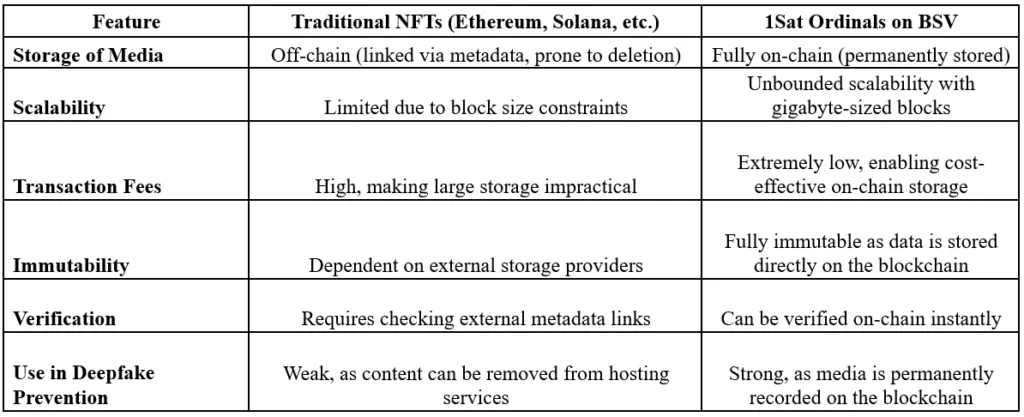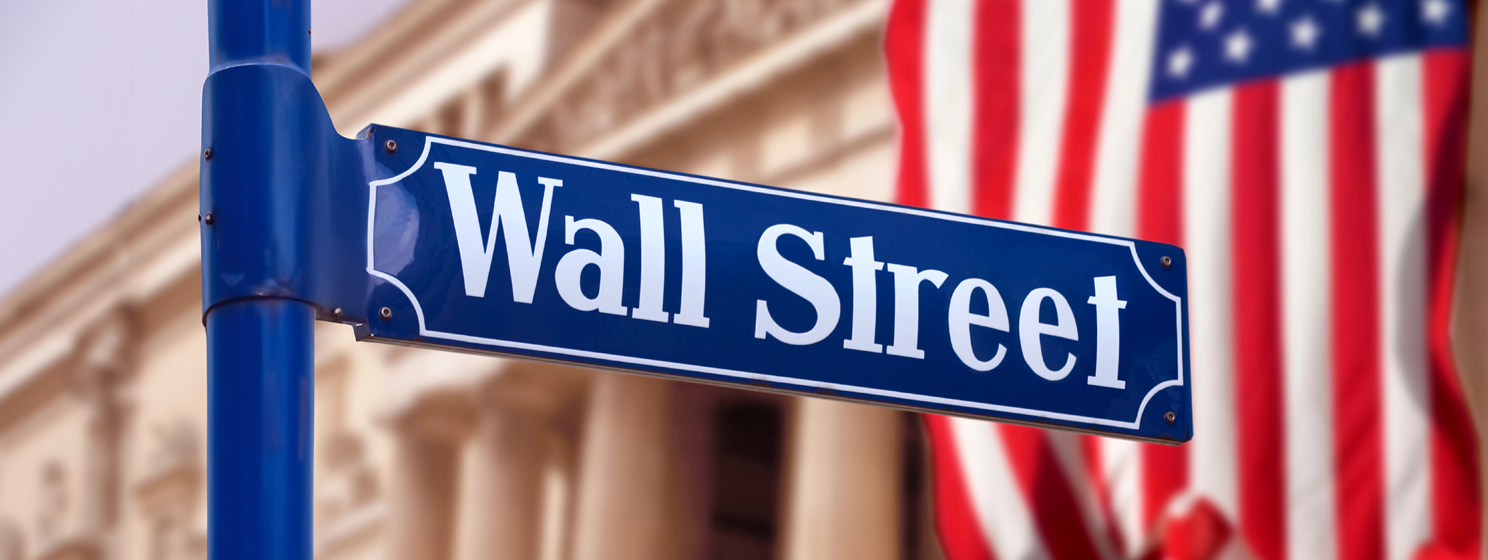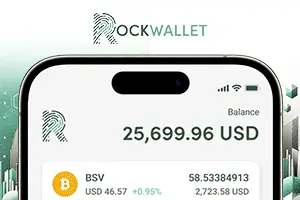|
Getting your Trinity Audio player ready...
|
In an era where seeing is no longer believing, the rise of deepfake technology has ushered in a crisis of truth. From fabricated political speeches to fraudulent artificial intelligence (AI)-generated identities, digital deception has become a pervasive force threatening trust in media, governance, and human interactions. Every day, more convincing deepfake videos, altered images, and synthetic audio clips flood the Internet, making it nearly impossible to discern fact from fiction. The consequences are dire.
Fake narratives sway elections, businesses suffer reputation attacks, and individuals fall victim to sophisticated scams.
At the heart of this crisis is a fundamental issue: the ease with which digital content can be manipulated and the lack of a reliable verification system to authenticate what is real. Despite their vast resources, social media platforms struggle to keep pace with the speed at which misinformation spreads. Fact-checking efforts, while well-intentioned, often come too late to prevent damage. The harm is already done once a manipulated video or falsified image has been shared and gone viral. If we continue down this path, the foundation of democratic societies and trust-based economies will erode beyond repair.
Amid this growing chaos, blockchain technology emerges as a beacon of hope. Unlike centralized verification systems that can be tampered with or influenced, blockchain provides an immutable and decentralized framework for proving the authenticity of digital media. By recording the origin, timestamps, and edits of images, videos, and audio files on a distributed ledger, blockchain establishes a transparent chain of custody for content. Once a piece of media is registered, any attempt to alter it can be easily detected, providing a transparent and permanent record of its integrity.
While many blockchain projects have attempted to tackle the issue of media authenticity, BSV blockchain offers one of the most promising and scalable approaches, mainly through the use of 1Sat Ordinals. Unlike traditional non-fungible tokens (NFTs), which often store metadata off-chain and merely reference the content through external links, 1Sat Ordinals on BSV allow for the direct on-chain inscription of digital media, including images, videos, and audio. This ensures the permanence and authenticity of the content, making it a powerful tool for media verification.
To understand why this matters, it’s important to compare 1Sat Ordinals with traditional NFTs, which have dominated the digital content space but come with significant limitations.

With 1Sat Ordinals, digital media, including videos, images, and audio recordings, can be permanently inscribed in a way that is verifiable by anyone at any time. Unlike traditional verification methods that rely on centralized authorities, a BSV-based anchored proof of authenticity does not require trust in any single entity. If a deepfake or manipulated image appears, it can be cross-checked against its original inscription on the blockchain, revealing whether the content has been altered or fabricated.
This approach offers several key advantages over traditional digital content verification systems. First, it eliminates reliance on third-party verification platforms, which are often vulnerable to manipulation, political influence, or simple failure. When verification data is stored on a public blockchain, it remains accessible forever and cannot be tampered with by any government, corporation, or bad actor.
Second, BSV’s scalability allows for cost-effective and efficient media verification. Many blockchains struggle with high transaction fees and limited data capacity, making them impractical for storing large volumes of media. However, BSV’s unbounded scalability ensures that vast amounts of digital content can be inscribed at minimal cost, making it feasible to implement blockchain-based verification on a global scale.
Third, by using 1Sat Ordinals, content authenticity is tied to the original Bitcoin ledger, meaning that even decades from now, the provenance of a video or image can still be verified. This permanence is critical in a world where misinformation campaigns can have long-term consequences, and historical records must remain intact and unaltered.The implications of blockchain-based media authentication extend far beyond just combatting deepfakes. Journalists can use blockchain to provide indisputable proof of the authenticity of their reports, preventing misinformation campaigns that seek to discredit them. Social media platforms can integrate blockchain verification to help users quickly determine whether a video or image is genuine. Even courts of law could rely on blockchain-based records to establish evidence credibility, ensuring that immutable data backs digital forensics.
In countries with oppressive regimes, where state-controlled media routinely spread propaganda and suppress independent journalism, blockchain could serve as a powerful tool for truth. Citizen journalists documenting human rights abuse or political corruption could inscribe their evidence on the blockchain, making it impossible for governments to erase or alter the historical record.
However, widespread adoption will require significant effort. Governments, businesses, and tech companies must recognize the urgency of implementing robust verification systems before the deepfake problem spirals further out of control. Educational initiatives will also be needed to teach the public how to use blockchain-based verification tools, ensuring that digital literacy keeps pace with technological advancements.
The battle against deepfakes is not just about technology but about defending reality itself. If society cannot agree on what is real and what is fabricated, trust in institutions, news, and even personal relationships will collapse. The emergence of AI-generated content, while offering creative and productive possibilities, also comes with a responsibility to ensure that deception does not run unchecked.
Blockchain, particularly through the power of 1Sat Ordinals on BSV, presents a unique opportunity to turn the tide. By offering a decentralized and incorruptible mechanism for truth, it has the potential to restore trust in digital media and create a future where authenticity is no longer in question. The challenge now is not whether we need such solutions but how quickly we can implement them before reality becomes just another illusion.
If we fail to act, we risk entering an age where truth is no longer definable, and trust becomes obsolete. But if we harness blockchain’s potential effectively, we can build a world where digital content is not only creative and innovative but also verifiably real. The choice before us is clear: embrace blockchain-powered authenticity or watch as deepfakes redefine our perception of reality.
In order for artificial intelligence (AI) to work right within the law and thrive in the face of growing challenges, it needs to integrate an enterprise blockchain system that ensures data input quality and ownership—allowing it to keep data safe while also guaranteeing the immutability of data. Check out CoinGeek’s coverage on this emerging tech to learn more why Enterprise blockchain will be the backbone of AI.
Watch: Demonstrating the potential of blockchain’s fusion with AI

 09-15-2025
09-15-2025 





